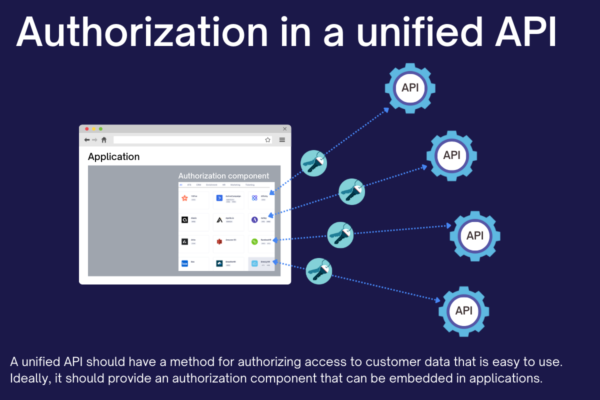
Last week, I revised one of Unified.to’s earliest articles, An Overview of Unified APIs, rewriting it as What is a Unified API?
In addition to updating the text of the article, I also created some explainer graphics to liven it up and save the reader from being hit with just a wall of text. Those graphics are what you see in this article — enjoy!




